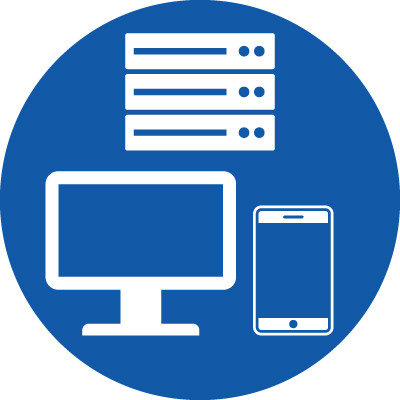Internet of Things – How Smart Everything is Impacting and Increasing our Risk
Our world becomes more and more connected every day. The emergence of the Internet of Things has brought huge amounts of impact to our lives and has helped us increase efficiency, expanded business opportunities, and has made our lives, simply, easier. With nearly 12 billion connected devices world-wide and estimates that increase that number to over 20 billion by the end of next year, it’s not a trend that is going away.
So, how does all this connectivity really impact us? It’s more than shutting your lights off from your phone or your child streaming a video to give you a free minute to whip up dinner. Our smart phones have become necessity. Aps and functionality drive our daily life and usage of connected everything continues to climb. The IoT has increased our risk – in our businesses and in our daily lives – and has forever altered our function and how we interact with the world.
From military operations to healthcare, children’s toys to appliances, anything that accesses the internet and pulls data from it is considered part of the IoT. Our society has become an integrated information system – personal and corporate information is all stored in the cloud, where literal millions of other devices go to reference the data they need to function. As our connectivity continues to increase, we must start paying attention to how our security and privacy is affected.
IoT Risks

Additionally, with its rapid ascent to high utilization and connected everything, the new technology that is driving data to the IoT wasn’t designed with privacy or security in mind. There are no firewalls in your vacuum cleaner and no antivirus on your Fitbit. While it may seem common sense for us to protect computers and mobile devices from potential attack, it isn’t common knowledge that your other connected devices are equally as vulnerable. What’s more, these devices aren’t designed with the software to host an antivirus, further increasing the risk of corruption or hacking.
Perhaps the biggest factor in the risk presented by the IoT is the incredible complexity of our connected world. From children’s toys to power plants and everything in between, the function of our daily lives depends on the shared data space of the Internet of Things. The function and vulnerabilities it presents require us to be vigilant in our understanding and security measures.
IoT Protection
Protection and security measures are crucial as you work to manage the risk of the IoT. Since the Things themselves are not protected, it’s your job to protect your network and understand the ways in which your Things are connected.
Start with securing each piece of your framework. Control network connections and make sure you know who is accessing your information and how they are getting it. You can employ encryption methods, remove personal data from unnecessary things, and update your systems regularly.
In business, discourage your team from connecting personal devices like phones, fitness bands, and other Bluetooth enabled tools to work-related machines and networks. When necessary – in the instance of remote team members or other out-of-network connections – have controls in place to protect your information. It can be as simple as ID authentication and password protection, but it should be trackable.
When possible, employ layered security practices. Understand your legitimate traffic patterns so that you can flag potentially malicious activity.
With so much pressure to move to the cloud quickly, many businesses are already integrating IoT security plans into their IT initiatives. Strategy is key, and firewalls, proper networking, traffic monitoring, access controls, and deep-rooted understanding will help you manage the risk for positive outcomes.
IoT Benefits
With high risk comes high reward, and there is no doubt that the Internet of Things has brought genuine improvement, efficiency, and convenience to our daily lives. We’re able to manage our homes, our work, even our personal health from connected devices. And it’s all generating data. In this day and age, data is an invaluable asset to have. It allows us to evaluate the effects of our actions and make changes based on our past experiences. In business, the data collected from the IoT helps promote informed decision making which can be used to streamline operations and improve the customer experience. Both of these factors – efficiency and data collection – roll into increased revenue. Companies that embrace the IoT will capitalize on its benefits, and their business will grow as a result.
As with all risk, the IoT is a tool that can be capitalized upon if the proper plans and security measures are put in place. If you’re strategic about how you keep your world connected, you’ll be set for success far into the future.



